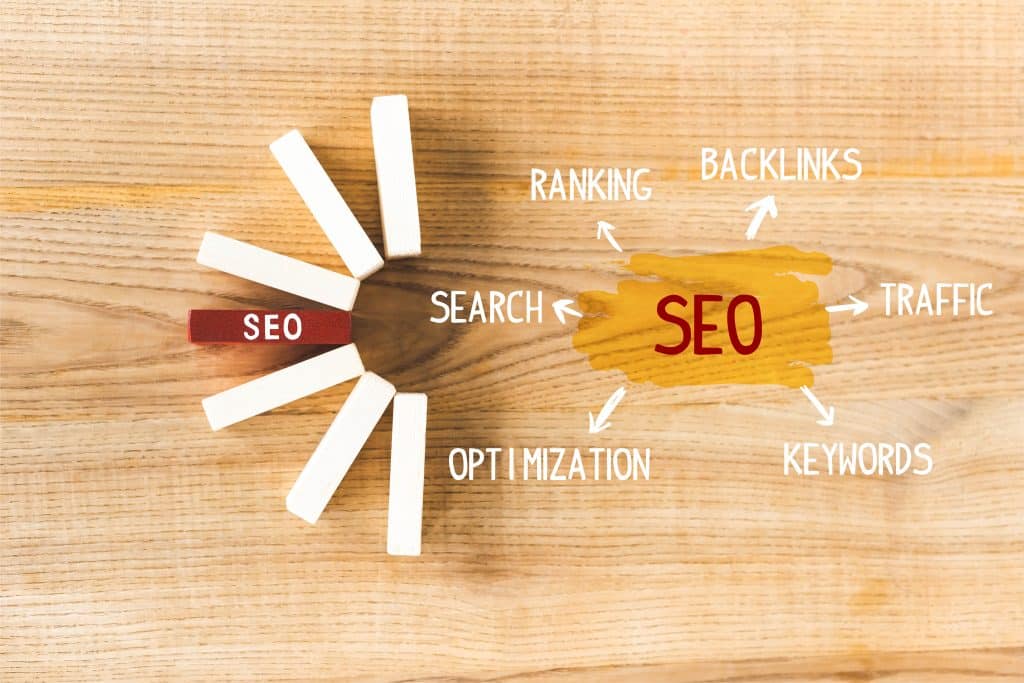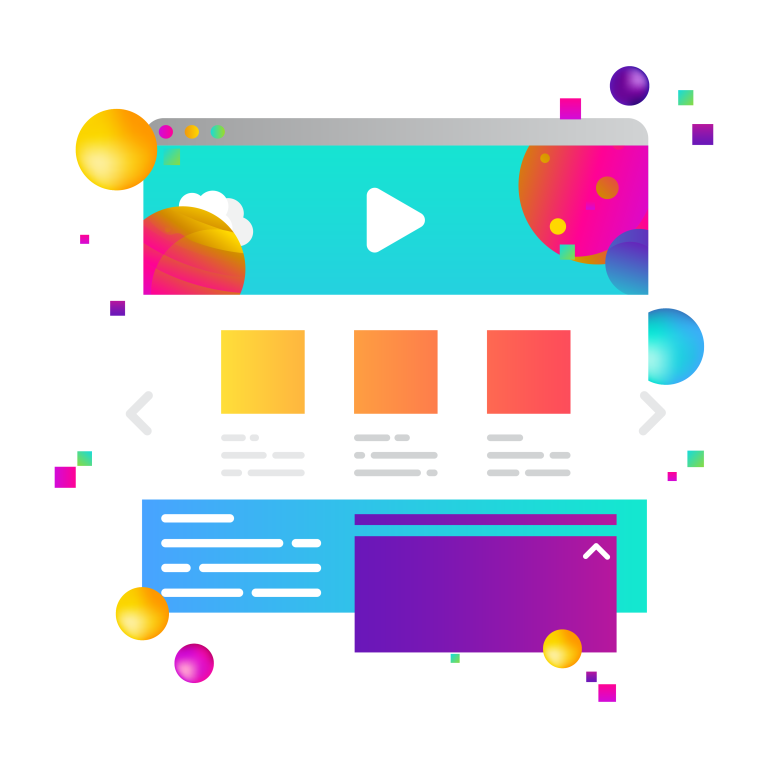
In the digital landscape, two parallel forces drive success: visibility and accessibility. SEO (Search Engine Optimization) amplifies visibility, making sites easier to find, while WCAG (Web Content Accessibility Guidelines) and Section 508 ensure digital accessibility, making sites usable by everyone, including people with disabilities.
Synergy of Structure & Semantics
For everyone from the content creator to the backend developer, structure matters.
Content Structure & Semantic Markup
SEO Perspective: Proper use of headings, emphases, and lists in content gives search engine bots the roadmap they need to index information effectively. This clarity increases search visibility.
WCAG & Section 508 Perspective: The same structured approach benefits screen reader users by offering a comprehensible content hierarchy, allowing them to navigate smoothly.
The Power of Descriptive Content
Whether you’re a marketer crafting a campaign or an administrator overseeing site content, descriptiveness is key.
Alt Text for Images
SEO Perspective: Alt text is an SEO cornerstone. It allows search engines to understand images, influencing how they rank on search platforms.
WCAG & Section 508 Perspective: For the visually impaired, alt text describes the essence and functionality of an image, bridging an essential accessibility gap.
Link Descriptions & Anchor Texts
SEO Perspective: Contextual links can elevate content rankings, offering search engines a lens into the linked page’s content.
WCAG & Section 508 Perspective: A clear link description is equally crucial for users with disabilities, providing them with clear navigational cues.
Prioritizing User Experience (UX)
For site administrators and organization leaders, user experience directly ties to engagement metrics and, ultimately, to conversions or organizational KPIs.
Website Speed and Performance
SEO Perspective: Faster sites rank higher. Search engines reward sites that provide users with quick and seamless experiences.
WCAG & Section 508 Perspective: A lag-free site benefits users, especially those with cognitive disabilities, ensuring the digital environment is as barrier-free as possible.
Keyboard Accessibility
SEO Perspective: Comprehensive keyboard accessibility enhances site usability, contributing to user retention and, indirectly, SEO metrics.
WCAG & Section 508 Perspective: Keyboard-only navigation is indispensable for users unable to use a mouse, ensuring inclusivity.
Embracing Multimedia & Dynamic Content
In today’s digital age, multimedia content is a marketer’s tool of choice for engagement.
Transcripts & Captions for Multimedia
SEO Perspective: While search engines can’t “watch” videos, they can read. Transcripts offer indexable content, elevating the multimedia’s discoverability.
WCAG & Section 508 Perspective: Captions and transcripts cater to the deaf or hard of hearing, broadening the content’s reach.
Dynamic Content & ARIA Landmarks
SEO Perspective: As marketers lean into interactive content, ARIA landmarks can guide search engines through dynamic content structures.
WCAG & Section 508 Perspective: For assistive technologies, ARIA landmarks illuminate the pathway, ensuring clear content narration.
The Mobile Imperative
As mobile use skyrockets, everyone from designers to marketers must prioritize mobile responsiveness.
SEO Perspective: Mobile-friendly sites rank better, reflecting the user shift towards mobile browsing.
WCAG & Section 508 Perspective: Responsiveness ensures broad accessibility, catering to users across devices, including those using assistive tech on mobile platforms.
SEO is not just the marketer’s domain; it’s a comprehensive approach that, when implemented holistically, naturally dovetails with WCAG and Section 508 accessibility guidelines. Whether you’re a web designer, a site administrator, a marketer, or a strategic decision-maker in an organization, recognizing this alignment can pave the way for a digital presence that is both visible to search engines and accessible to all users.
By championing SEO practices, organizations not only amplify their digital footprint but also foster an inclusive online environment.



